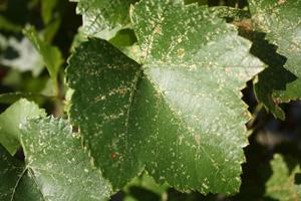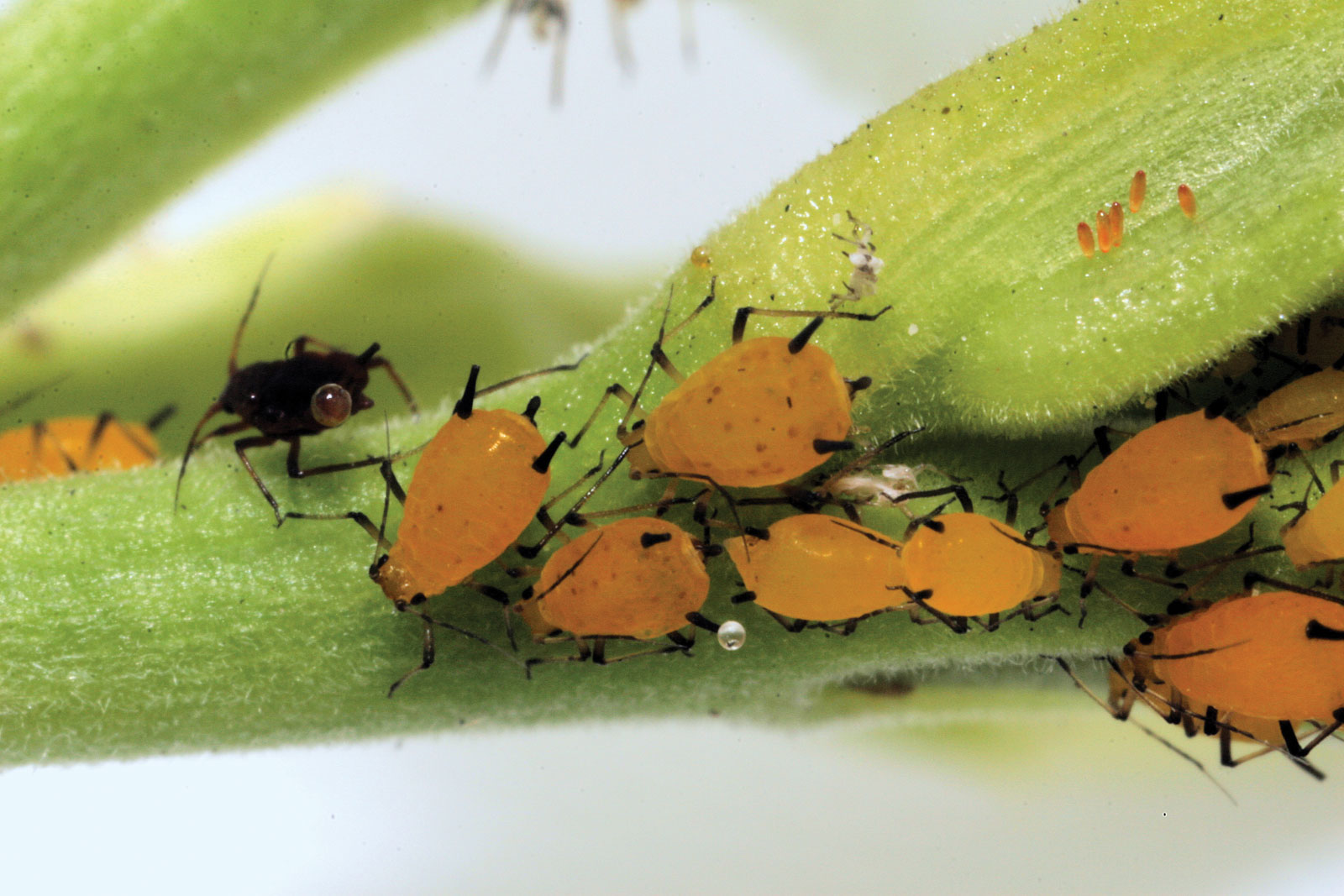
- Vitis is the scientific name for grapes, which belong to the Vitaceae family.
- In terms of grape production, Maharashtra (Nasik, Sangli, Ahmednagar, Pune, Satara, Solapur, and Osmanabad Districts) comes in first, followed by Karnataka (Bangalore, Kolar, Bijapur), Tamil Nadu, and Andhra Pradesh (Rangareddy, Medak, Ananthapur).
- Grapes are non-climacteric fruit that grows on a woody climbing vine that is perennial and deciduous.
- Grapes are cross-pollinated vine with leaves that are plain, lobed, cut, or serrated.
- Grapes can be eaten raw or cooked into jam, juice, jelly, or vine.
- During their growth and fruiting phases, grapes like a hot, dry atmosphere.
• Soil- Sandy soil The soil should be well-drained, having good water holding capacity.
• pH- 4.0-9.5.
• Temperature- Optimum temperature of grapevine growth is 77°and 90°F (25° to 32°C).
• Rainfall- Annual rainfall not exceeding 900mm.
• Cultivation- The major soil types suitable for cotton cultivation are alluvial, clayey, and red sandy loam.
• Susceptibility- They are susceptible to pests
- Irrigation procedures vary significantly across India, based on rainfall patterns, pruning times, distinct development phases, soil water-holding capacity, variety planted, training scheme used, and vine spacing.
- In newly planted vineyards, irrigation is provided once every three days by permitting water into a small circular basin with a radius of 50 cm.
- The size of the basin grows to a radius of 2m as the growth rate increases.
- When drip irrigation is used, only one emitter is installed at the vine's base.
- Depending on the variety and spacing of the vines, the number of emitters gradually grows to two, then four, which are transferred about 30 or 40cm away from the stem.
- In order to adequately moisten the entire root zone and encourage vigorous development in the vine, heavy irrigation is applied soon after pruning.
- During the winter, light irrigation is applied every 10-12 days, and every 5-7 days during the summer.
- If it rains during such time, the following irrigation is either skipped or postponed.
- To improve fruit quality, the frequency of irrigation is reduced, fruiting, and after berry softening.
- Grapes need less water to create fruit buds and more water to mature berries.
- Irrigation is reduced throughout the ripening process, which improves quality.
- Hardwood cuttings are the most common method of multiplication for grapes, however, seed, softwood cuttings, layering, grafting, and budding are also utilized in rare circumstances.
- Grapevines are typically grown in pits. The size of the pit is determined by the line spacing as well as the variety's unique requirements.
- Depending on the soil type, the depth might range from 60 to 90 cm. It is necessary to have a larger space (1.2 m X 1.2 m).
- About a month before planting, the pits must be opened.
- During the wet season, planting is frequently avoided.
- In North India, February-March is the optimum period to plant, while in peninsular India, November-January is the finest time.
- Because the rainy season lasts till the end of November in Karnataka and Tamil Nadu, it is normally planted in December-January.
- Plant growth begins 10-15 days after planting, depending on the planting season.
- When compared to plants planted in the cold season, those planted during the warm season grow faster.
- The immature plants require staking and training after one month after planting.
1. DEFICIENCY OF NITROGEN
Symptoms include poor plant growth, and leaves become pale green or yellow because they are unable to make sufficient chlorophyll.
TREATMENT:
Use NITROKING 2-3 ml per litre of water. Use SPALL90 1ml per litre of water.
2. DEFICIENCY OF BORON:
Depression of growing points (root tip, bud, flower, and young leaf) and deformity of organs (root, shoot, leaf, and fruit).
TREATMENT:
Use NITROKING 2-3 ml per litre of water. Use BLOOM 2 ml per litre of water. Use SPALL90 1ml per litre of water.
3. DEFICIENCY OF POTASSIUM
The overall appearance of the plant is wilted or drooping, short internodes, younger leaves' growth is inhibited, and they have small leaf blades.
TREATMENT:
Use NITROKING 2-3 ml per litre of water. Use SPALL90 1ml per litre of water.
4. DEFICIENCY OF MANGANESE
The most common symptom is for leaves to turn pale green between the veins, with normal coloured areas next to the veins.
TREATMENT:
Use Manganese EDTA 0.5 gm per litre of water. Use Grow 2 ml per litre of water. Use SPALL90 1ml per litre of water.
5. DEFICIENCY OF MAGNESIUM
The first signs of magnesium deficiency appear on the older lower leaves as magnesium moves towards new growth.
TREATMENT:
Use NITROKING 2-3 ml per litre of water. Use Grow 2 ml per litre of water. Use SPALL90 1ml per litre of water.
6. DEFICIENCY OF SULPHUR
Sulphur-deficient plants often are pale green, yellowish-green to completely yellow.
TREATMENT:
Use NITROKING 2-3 ml per litre of water. Use SPALL90 1ml per litre of water.
7. DEFICIENCY OF ZINC
yellowing of leaves often interveinal in some species, young leaves are the most affected, but in others both old and new leaves are chlorotic, death of leaf tissue on areas of chlorosis,chlorotic areas may turn bronze coloured.
TREATMENT:
Use Zinc EDTA 0.5 gm per litre of water. Use Grow 2 ml per litre of water. Use SPALL90 1ml per litre of water.
8. DEFICIENCY OF CALCIUM
Calcium deficiency symptoms appear initially as localized tissue necrosis leading to stunted plant growth, necrotic leaf margins on young leaves or curling of the leaves, and eventual death of terminal buds and root tips.
TREATMENT:
Use Zinc EDTA 0.5 gm per litre of water. Use Grow 2 ml per litre of water. Use SPALL90 1ml per litre of water.
2. DEFICIENCY OF IRON:
The primary symptom of iron deficiency is interveinal chlorosis, the development of a yellow leaf with a network of dark green veins.
Use Ferric EDTA 0.5 gm per litre of water. Use Grow 2 ml per litre of water. Use SPALL90 1ml per litre of water.
1. FUNGAL DISEASE: CONTACT BASED FUNGAL DISEASE
i) ANTHRACANOSE ( Elsinoe ampeline)
TREATMENT:
Use PPFC 2-3 gm per litre of water Use SpAll90 1 ml per litre of water
1. FUNGAL DISEASE: CONTACT BASED FUNGAL DISEASE
ii) Downy Mildew (Plasmopara voticola)
Use PPFC 2-3 gm per litre of water Use SpAll90 1 ml per litre of water
1. FUNGAL DISEASE: CONTACT BASED FUNGAL DISEASE
iii) Powdery Mildew (Erysiphe cichoracearum)
Use PPFC 2-3 gm per litre of water Use SpAll90 1 ml per litre of water
1. FUNGAL DISEASE: SYSTEMIC BASED FUNGAL DISEASE
i) Foot Rot ( Cylindrocarpon)
TREATMENT:
Use Fungohit 2-3ml per litre of water Use SpAll90 1 ml per litre of water
1. FUNGAL DISEASE: SYSTEMIC BASED FUNGAL DISEASE
ii) Green Mould Rot (Penicillium digitatum)
TREATMENT:
Use Fungohit 2-3ml per litre of water Use SpAll90 1 ml per litre of water
1. FUNGAL DISEASE: SYSTEMIC BASED FUNGAL DISEASE
iii) Black Root Rot (Thielaviopsis basicola)
TREATMENT:


Use Fungohit 2-3ml per litre of water Use SpAll90 1 ml per litre of water
VIRAL DISEASE:- 1.GRAPEVINE FAN LEAF VIRUS (GFLV)
TREATMENT:
Use Virohit, 2-3ml per litre of water Use PPNP,1-1.5 ml per litre of water Use Virosol, 2-3ml per litre of water Use SpAll90 1 ml per litre of water
VIRAL DISEASE:- 2. VITIVIRUS
TREATMENT:
Use Virohit, 2-3ml per litre of water Use PPNP, 1-1.5 ml per litre of water Use Virosol, 2-3ml per litre of water Use SpAll90 1 ml per litre of water
VIRAL DISEASE:- 3. GRAPEWINE LEAF ROLL VIRUS
TREATMENT:
Use Virohit, 2-3ml per litre of water Use PPNP, 1-1.5 ml per litre of water Use Virosol, 2-3ml per litre of water Use SpAll90 1 ml per litre of water
PEST :- CHEWING PEST
1. WHITEGRUB (Holotrichia serrata)
TREATMENT:
Use Pestohit, 2-3ml per litre of water Use PPNP, 1-1.5ml per litre of water Use SpAll90 1 ml per litre of water
PEST :- CHEWING PEST
2. TOP SHOOT BORER (Scirpophaga nivella)
TREATMENT:
Use Pestohit, 2-3ml per litre of water Use PPNP, 1-1.5ml per litre of water Use SpAll90 1 ml per litre of water
PEST :- CHEWING PEST
3.CATERPILLAR (Pyrrharctia Isabella)
TREATMENT:
Use Pestohit, 2-3ml per litre of water Use PPNP, 1-1.5ml per litre of water Use SpAll90 1 ml per litre of water
PEST :- CHEWING PEST
4. CUTWORM (Agrotis ipsilon)
TREATMENT:
Use Pestohit, 2-3ml per litre of water Use PPNP, 1-1.5ml per litre of water Use SpAll90 1 ml per litre of water
PEST :- CHEWING PEST
5. LEAFHOPPER (Cicadellidae)
TREATMENT:
Use Pestohit, 2-3ml per litre of water Use PPNP, 1-1.5ml per litre of water Use SpAll90 1 ml per litre of water
PEST :- SUCKING PEST
TREATMENT:
Use Orgomite, 2-3ml per litre of water Use PPNP, 1-1.5ml per litre of water Use SpAll90 1 ml per litre of water
PEST :- SUCKING PEST
2. MEALYBUG (Pseudococcidae)
TREATMENT:
Use Orgomite, 2-3ml per litre of water Use PPNP, 1-1.5ml per litre of water Use SpAll90 1 ml per litre of water
PEST :- SUCKING PEST
3. APHID (Aphidoidea)
TREATMENT:
Use Orgomite, 2-3ml per litre of water Use PPNP, 1-1.5ml per litre of water Use SpAll90 1 ml per litre of water




.jpg)
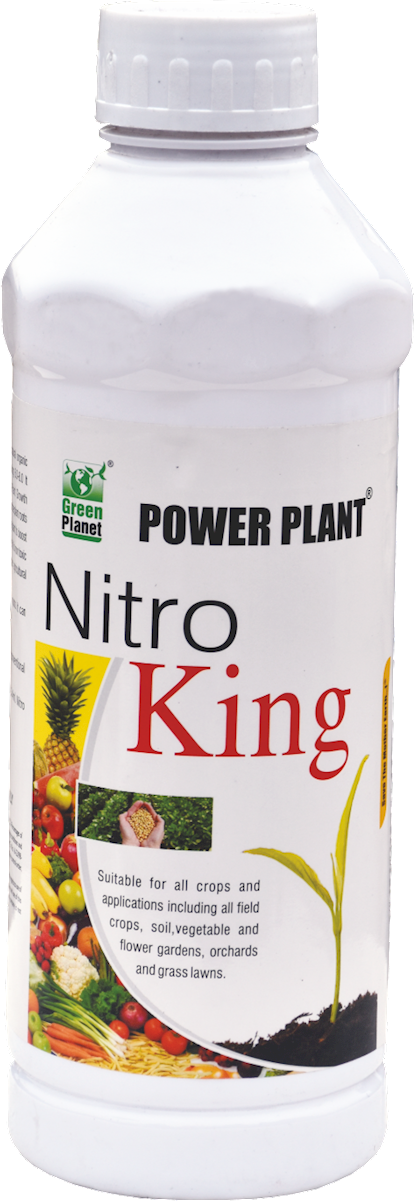
.jpg)
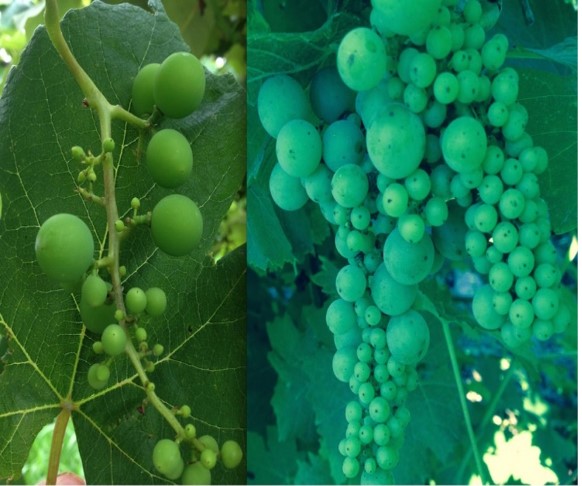




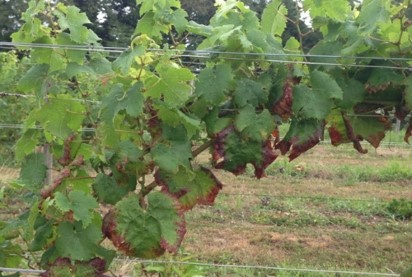

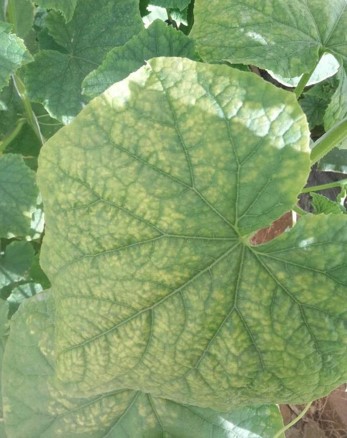


.png)











(1).png)



.png)




.png)















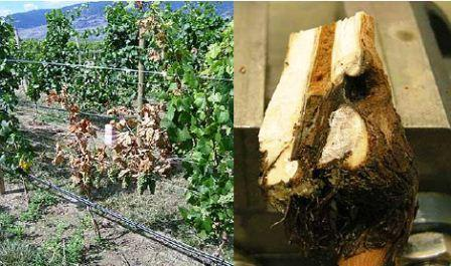
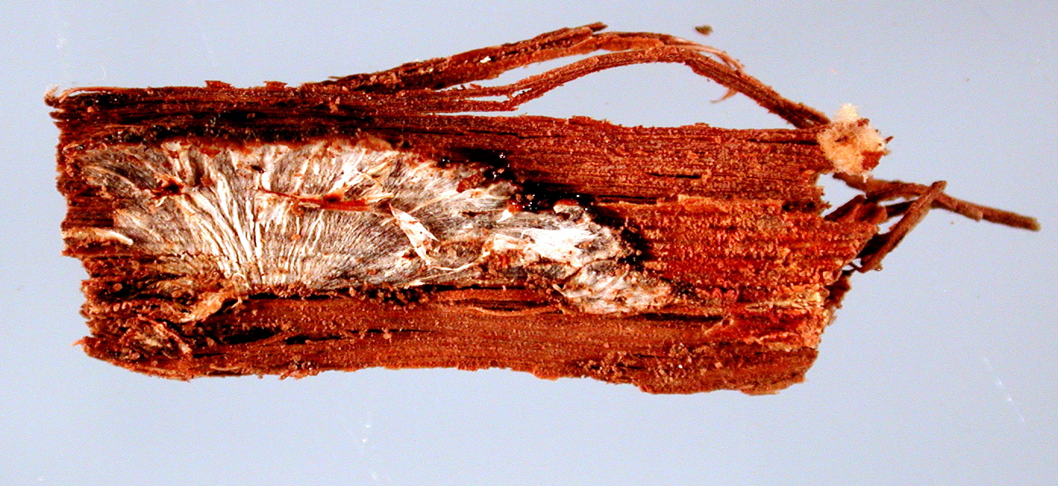






.png)
.png)
.png)


.png)
.png)



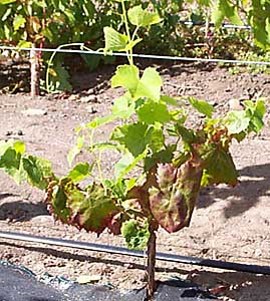
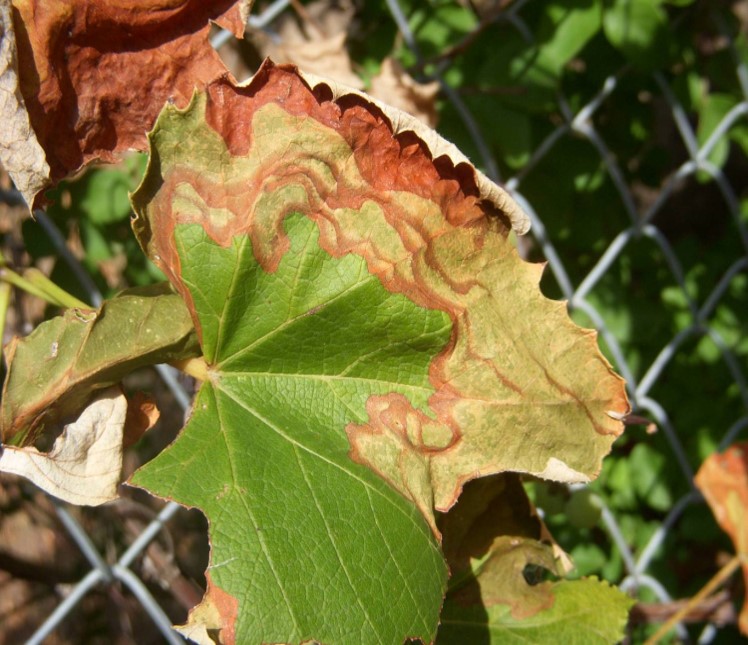



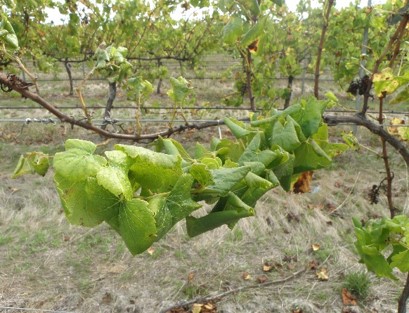


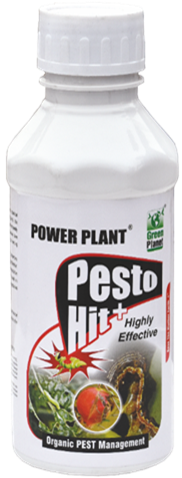
.png)
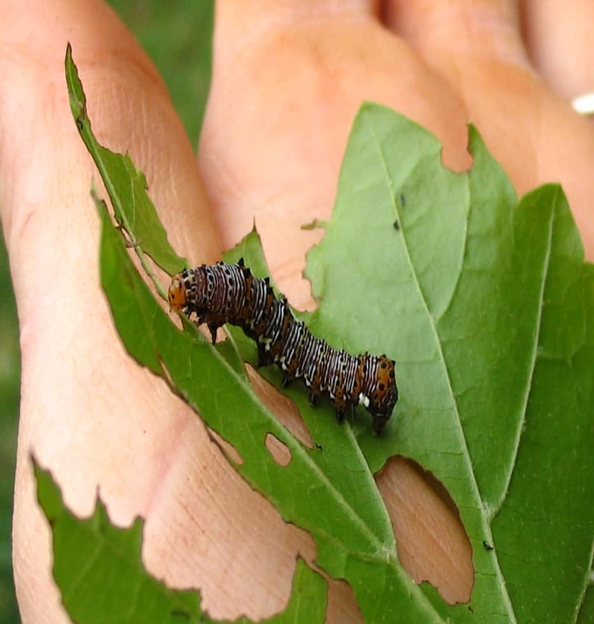


.png)

